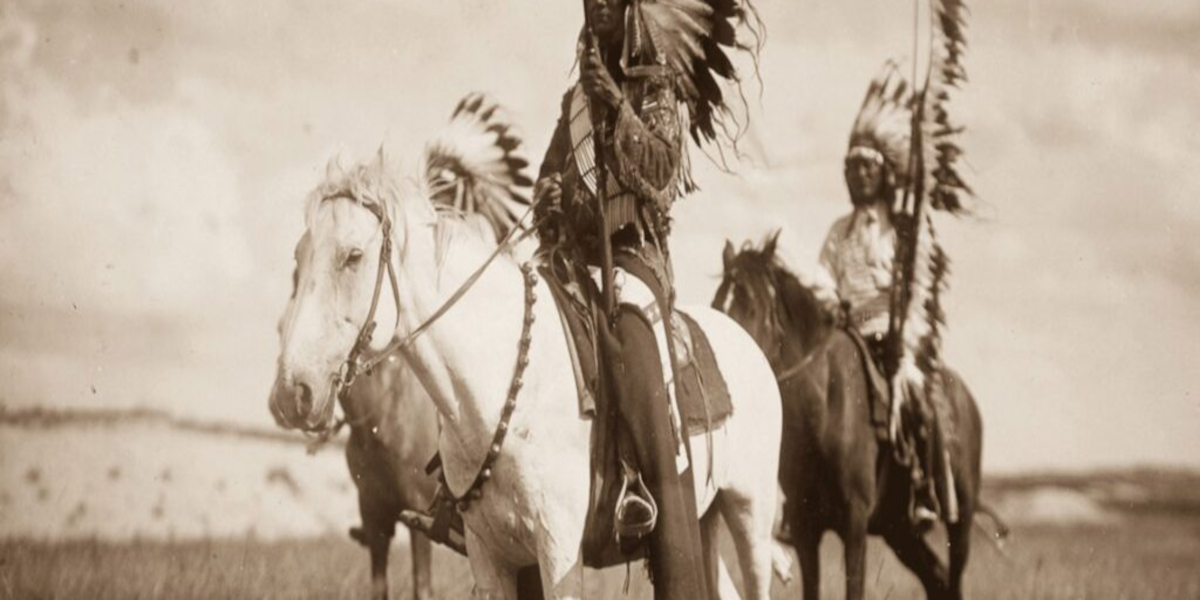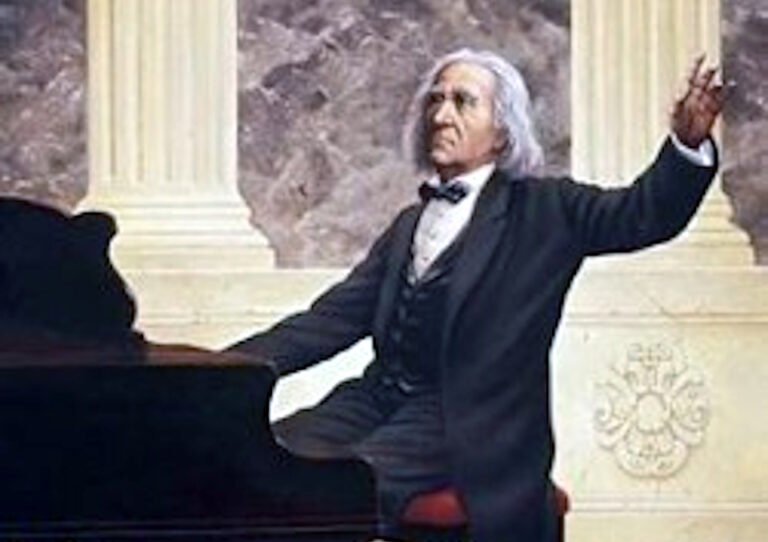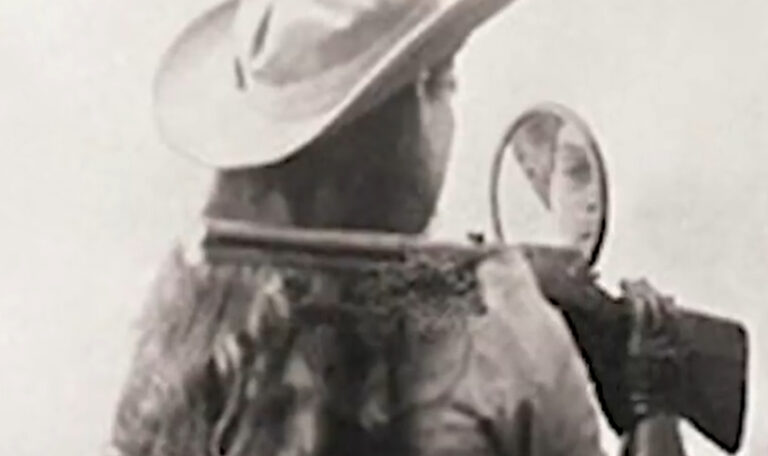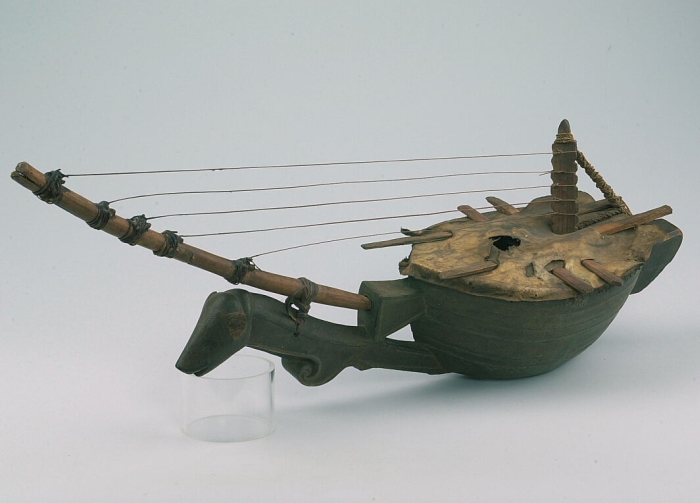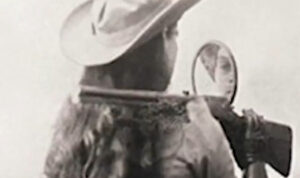While Sitting Bull is widely recognized as a prominent leader of the Lakota Sioux, often overshadowing many of his contemporaries, there exists another figure who played a pivotal role in the history of Native American resistance and culture—Standing Bull. A much less celebrated figure, Standing Bull’s life and contributions have largely faded from mainstream history, despite his significant influence in the Native American struggle for sovereignty and the survival of their culture in the face of European expansion.
In this blog post, we’ll delve into the lesser-known aspects of Standing Bull’s life and explore his leadership, legacy, and lasting impact on the Native American struggle.
Early Life: A Man of the People
Standing Bull, whose Lakota name was Tatanka Zizí, was born into a world that was quickly changing, even before European settlers began encroaching on their lands. He was a member of the Hunkpapa band of the Lakota Sioux, the same tribe to which Sitting Bull belonged. The Hunkpapa were known for their fierce resistance to U.S. government policies and their strong ties to their sacred land, the Black Hills.
Unlike Sitting Bull, whose name became synonymous with defiance against U.S. forces, Standing Bull’s name was more closely associated with leadership in the quiet moments of peace-making and cultural preservation. Standing Bull’s early years were steeped in the traditions of his people. He learned the ways of the buffalo hunt, the sacred ceremonies, and the complex social structure of the Lakota nation.
Standing Bull’s Role in the Great Sioux War
One of the key turning points in Standing Bull’s life came during the Great Sioux War (1876-1877), a period of intense conflict between the Lakota, Northern Cheyenne, and the U.S. Army. While Sitting Bull and Crazy Horse are often heralded for their roles in major battles such as the Battle of Little Bighorn, Standing Bull’s contribution should not be underestimated. He played a significant role in supporting these battles through his strategic mind and his ability to unite different factions of the Sioux nation.
Standing Bull was known for his wisdom in keeping various factions united. At a time when the Sioux were deeply divided by various bands, his diplomatic efforts helped ensure a coordinated resistance against the U.S. military. His leadership was key to sustaining morale during times when defeat seemed inevitable. Even though his contributions were often overshadowed by the more famous leaders of the time, his importance in the Sioux resistance cannot be understated.
The Cultural Advocate: Preserving Lakota Traditions
Beyond the battlefield, Standing Bull was deeply committed to preserving the spiritual and cultural practices of the Lakota people. During the latter half of the 19th century, Native American cultures were under intense pressure from the U.S. government, which sought to forcibly assimilate Native peoples through policies such as the Dawes Act and the establishment of Indian boarding schools.
Standing Bull was a fierce advocate for the continuation of traditional ceremonies, including the Sun Dance and vision quests, which were integral to the spiritual and communal life of the Lakota. His role in these religious and cultural practices helped to preserve the Lakota identity during a time of great upheaval.
One of the lesser-known aspects of Standing Bull’s legacy is his involvement in safeguarding sacred sites, especially the Black Hills. The U.S. government’s discovery of gold in the Black Hills triggered an influx of settlers and a subsequent violation of the 1868 Treaty of Fort Laramie, which had granted the Lakota exclusive rights to the land. Standing Bull, like other Lakota leaders, staunchly opposed the encroachment and worked tirelessly to protect the land through both diplomacy and direct action.
Standing Bull’s Later Years: A Quiet Resistance
After the defeat of the Sioux at the hands of the U.S. military, many of the Lakota leaders, including Sitting Bull and Crazy Horse, found themselves in exile or facing imprisonment. Standing Bull’s fate was not as widely documented, but he, too, faced the harsh realities of being a displaced leader.
In his later years, Standing Bull was known to live a quieter life. He was not as involved in the public eye as Sitting Bull, but he continued to serve as a spiritual guide and elder to the Lakota people. His wisdom and leadership were instrumental in the rebuilding of his people’s spirits after the U.S. government’s systematic attempt to erase their culture and way of life.
One of the most poignant chapters of his later life was his role in the creation of the first Native American-led reservations, where he helped to establish governance systems that respected Lakota traditions. His approach was more conciliatory than that of some of his counterparts, believing that the survival of his people lay in a careful balancing act between adaptation and the preservation of their identity.
Legacy and Recognition: A Leader’s Enduring Influence
Although Standing Bull did not achieve the same level of fame as Sitting Bull or Crazy Horse, his contributions were instrumental in shaping the survival of the Lakota Sioux culture in the face of overwhelming adversity. His role as a mediator, cultural guardian, and spiritual leader helped to stabilize the Lakota nation during one of the most turbulent times in American history.
Today, Standing Bull is remembered as a symbol of quiet resilience. His legacy is one of cultural preservation, unity, and the unwavering belief in the importance of community. While he may not have been as famous as some of his peers, Standing Bull’s influence continues to resonate within the Lakota nation and the broader Native American community.
Final Thoughts: Honoring the Lesser-Known Heroes
The history of Native American resistance is filled with iconic names like Sitting Bull and Crazy Horse, but it is essential to remember that the struggles of these leaders were supported by countless unsung heroes, including Standing Bull. By shedding light on the lesser-known figures of Native American history, we gain a fuller understanding of the complexities and depth of the indigenous experience in America. Standing Bull’s life and legacy, while not as widely celebrated, are crucial to understanding the perseverance and spirit of the Lakota people and their ongoing fight to preserve their heritage.
In honoring Standing Bull, we recognize the quiet strength of those who worked behind the scenes, who fought not just with weapons but with wisdom, culture, and an enduring love for their people. His story, though lesser-known, remains an essential part of the Native American legacy.
